The Longest Fad Ever
Rising numbers of self-identifying LGBTQ+ teens are a sign of an increasingly safe environment
It’s hurtful and demoralizing to think that self-identifying LGBTQ+ students are following a fad.
April 24, 2019
Take a second to think about your friends. How many of them identify as lesbian, gay, or bisexual?
Chances are, there are at least a few that come to mind. I know for me, probably as much as one-quarter of my friends identify as LGB.
Over the past several decades, the number of Americans identifying as LGB has risen. In the 1991 US National Survey of Men, a mere 2.3% had reported some same-sex experiences and/or relations. Almost two decades later, that number, reported by the US National Health Interview Survey, rose to 8%. On the other side, 4% of women in 1990 reported same-sex experiences, and in 2010 that number quadrupled to 16%.
The taboo is being crushed, providing a safer and more secure world for future as well as current generations to be unapologetically themselves.
Here is where the debate arises. With those numbers continually rising, what is the cause?
If you finished high school decades ago, I’m sure you remember a far different time. Anyone who is, or at one time was, a teenager will admit the clash between conformity and rebellion that exists during adolescent years. Some strive to be sheep within the herd, while others seek the black wool. Both sides of this spectrum may explain the ever-rising number of LGB teens.
Is it cool to be gay? Does identifying with the LGBT+ community make you special and unique? Some believe that the rising number of LGB-identifying teens is due to the mindset that, in order to matter, you need to be part of a group. Others believe that teens see the LGBT+ community as a place that will make them seem special, important, or just different.
While certain individuals may have such motives, I see them as the minority in this situation.
While LGB-identifying people are becoming more accepted in American culture through both mindset changes and actual laws, opposition persists. I can’t imagine that in an environment like high school, where many teens are routinely judged or ridiculed, anyone would choose to pile on discrimination, harassment, inequality, high suicide rates, and family abandonment. After all, there is a reason that 40% of Americans who experience homelessness are also LGBT+.
If you ask me, teens trying to conform or rebel are more likely to buy Airpods or dye their hair than to claim to be gay. Instead, I find it much more likely that the reason behind these rising numbers is a lot more positive.
In the context of sexual identity, the world is safer than it was decades ago. More and more people identify as LGB not because it’s the new fad, but because they feel safe to do so. LGB people have been around since the dawn of mankind, and as the culture changes and we become more accepting as a society, those numbers will probably continue to rise.
Television and movies aren’t turning today’s teenagers gay; instead, the increased representation of LGBT+ people in movies and TV communicates that it’s okay to be gay.
The taboo is being crushed, providing a safer and more secure world for future as well as current generations to be unapologetically themselves.
I remember fidgit spinners being around for a couple of months last year; heck, I even sold some to make some quick cash. Fortnite is losing its army of players by the day. But my mom’s best friend since childhood came out as lesbian in college, and she still is to this day — it doesn’t seem like much of a fad to me.


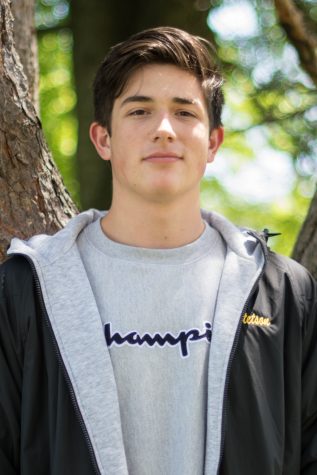


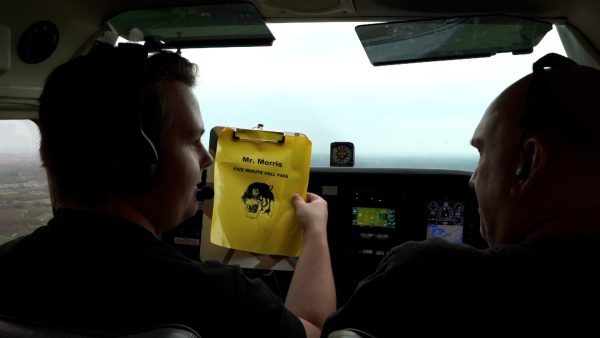

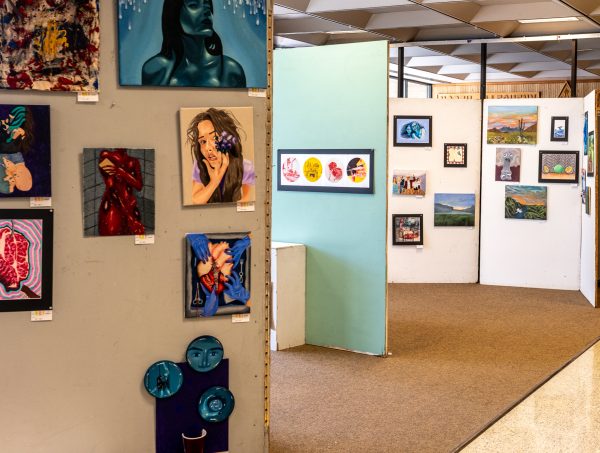
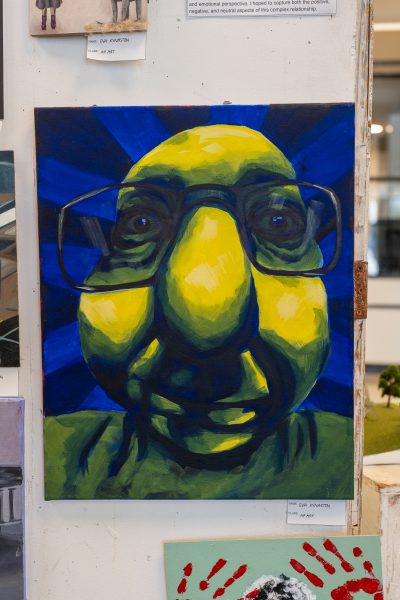
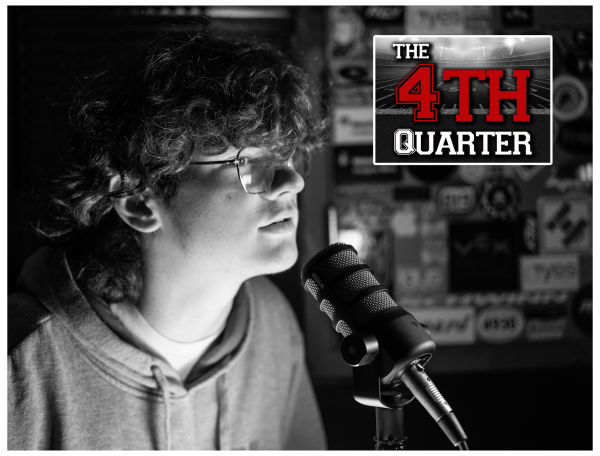
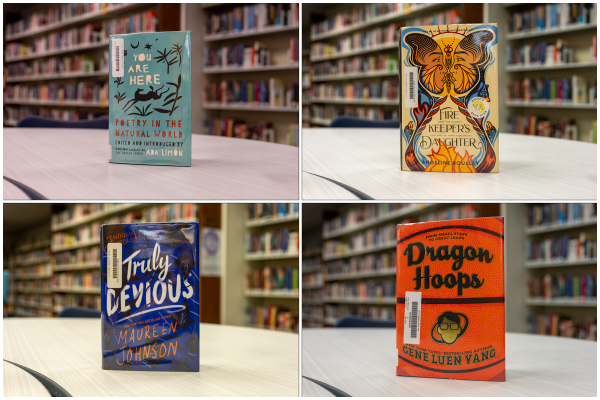

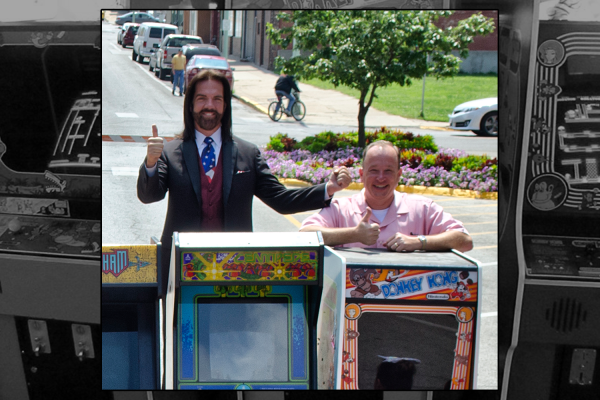
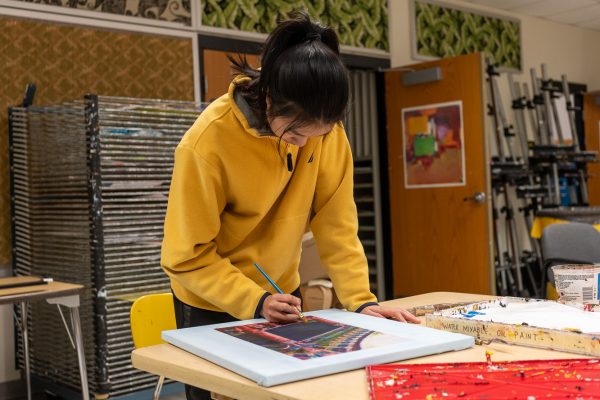
Mr. Hull • Apr 24, 2019 at 1:57 pm
Well done, Nate